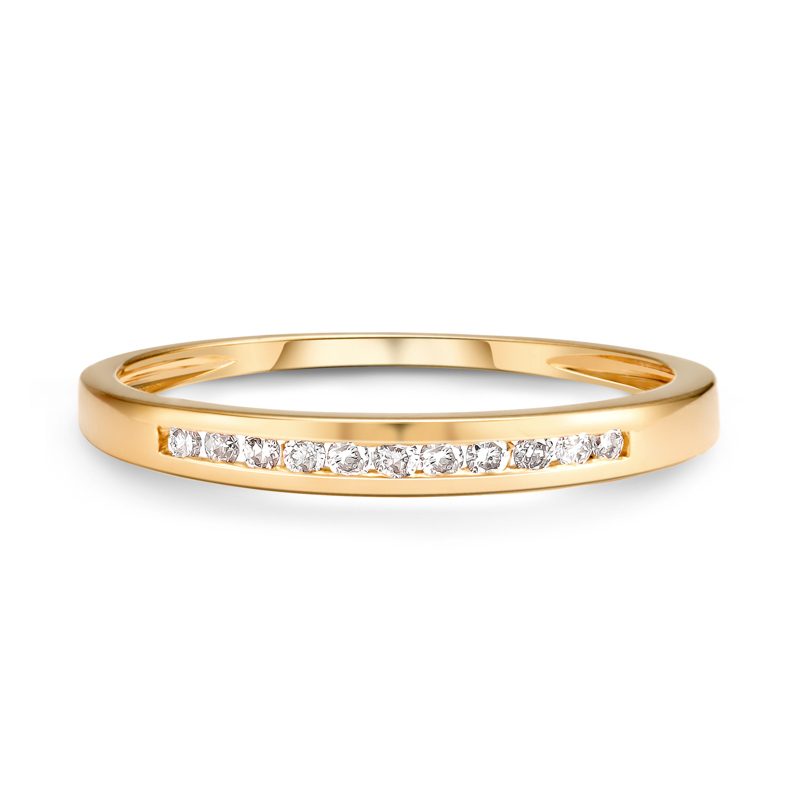We were recently commissioned to shoot various beautiful items of jewellery for a client, including some flagship designs, so we thought this would be a good opportunity to share with you how we strive for flawless results when called upon to really deliver….. needless to say the majority of product photography is not point-and-shoot ready (particularly when dealing with shiny, curved and reflective surfaces!) – it take a few studio and editing tricks to do these sorts of pieces justice.
One design in particular got the full Photography Firm treatment. The diamond-encrusted gold ring in question (yes, we locked the studio door when we went for lunch!!), though less than 2cm in diameter, demanded exquisite sharpness and detail in our finished shot. We decided the best way to achieve this was by focus stacking. When shooting at the macro end of things, the relative distances between different points in a shot can be large, so depth of field can become seriously compressed. Whilst manually focussing allows us to lock the camera’s gaze onto the most prominent diamonds, the gorgeously crafted band, sculpted interior and even outer stones will not be represented with the same clarity in one shot. However, by statically fixing both the subject and camera (one with a heavy-duty tripod and one with a lump of blu tac – guess which is which…), we were able to take multiple, near-identical exposures, altering only the exact focal distance between shots.
Marking the lens barrel position at the exact point of focus for the foremost part of the ring (the inlaid diamonds), then again at the furthermost part (where contact with the table occurred), we could then evenly and incrementally shift focus over the course of 6 exposures. We felt 6 exposures would be sufficient to adequately cover the focal range of the entire ring, without creating an excessive workload for our editing team.
Using photoshop to stack these multiple exposures one on top of another, we then applied graduated Layer Masks to pick and choose only the juiciest, sharpest cuts from each, creating a greatest hits compilation the Bee Gees would be proud of…. sorry, mixing metaphors a bit, but essentially, we end up with a single photographic subject with no discernible “soft” focus bits. We prefer this approach to oft-used CGI rendering (partly because we know how to do this one, but predominantly because we feel it has a heightened level of authenticity)
After a little digital spit and polish (more on that side of things in next week’s post) to tidy up our reflections and remove the blu tac from shot (did you guess right?), we were left with a flawless final product which we hope does justice to the craftsmanship of the piece itself. Focus stacking does require a little care and patience, but it’s relatively easy when you know how and we think the results speak for themselves.
Thanks for reading.

